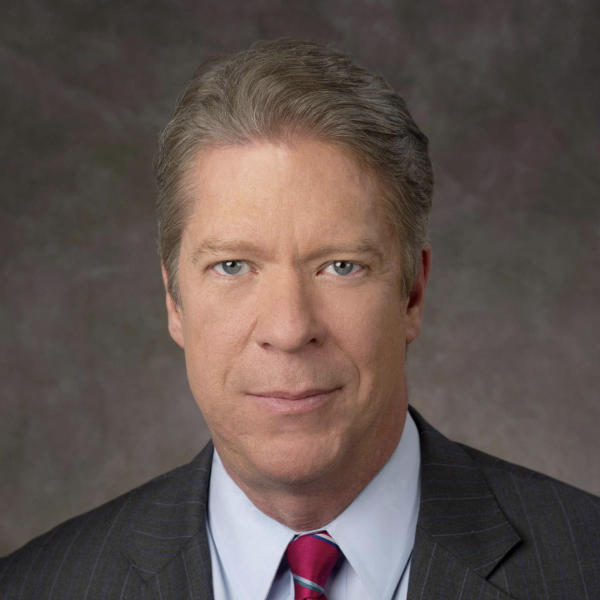A historical look at NATO and its many challenges as Biden heads to summit on Ukraine
As President Biden travels to Belgium to meet with NATO members about the war in Ukraine, he says the alliance is more united today than ever. The reason: Vladimir Putin.
NATO has never faced a test like this — a hot war in Europe that carries the threat of biological, chemical or even nuclear weapons. Though NATO is not defending a member nation, it has grown unified defending everything the alliance was created to preserve.
NATO grew out of World War II as a defensive alliance to shield Western Europe from the Soviet Union. America and Europe also wanted to contain Germany, the aggressor nation in both World Wars.
"The unofficial purpose, as it was quietly rumored at the time, was to keep the Soviets out, to keep the Americans in and to keep the Germans down," historian Mary Sarotte said.
In the late 1940s, the Soviets controlled East Germany, marking the beginning of the Cold War.
The key to NATO is Article 5, the provision that states an attack on one member nation is an attack on the alliance and that all member nations must respond in common defense. That helped keep the peace for decades. In 1979, when the Soviets invaded Afghanistan, NATO deployed nuclear missiles as a deterrent.
After the 9/11 attacks, NATO came to America's defense, invoking Article 5 for the first time, and NATO forces joined the U.S. in Afghanistan for the next 20 years.
In 2004, NATO added seven former Soviet client states as members, and has gradually expanded to its current size of 30 member nations. This expansion alarmed and infuriated Putin, who saw NATO as a military and political rival.
"If we hadn't gone out and brought those former Soviet satellite countries in with us, I think they would be the ones who would be invaded right now," Kay Bailey Hutchison, former U.S. ambassador to NATO during the Trump administration, said.
While it expanded, the alliance drifted and member nations declined to meet defense spending requirements. It was an issue pressed by the Obama administration and amplified by the Trump administration.
"They didn't like the tone President Trump used, of course. But they never ever said one time that they didn't know they had to do more," Hutchison said.
Trump says he helped revive the alliance, though critics said his threat to pull out of NATO did the opposite.
NATO has talked off and on of adding Ukraine, but never did — which is why NATO did not intervene when Putin took Crimea in 2014 and isn't fighting Russia now.
The war now is about Russia taking control of all of Ukraine if it can. Ukraine is fighting for its future, and if it prevails, it may not need or want common defense protection, or it may want it more than ever.
